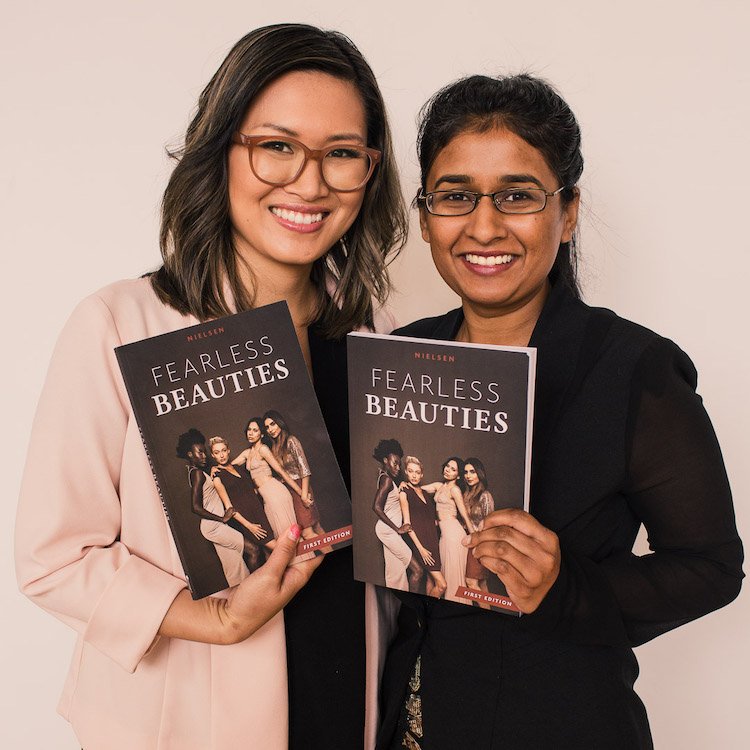By Mary Nielsen
Treating East Indian Skin Tips From Fearless Beauties
Treating East Indian Skin can help you build your spa business. East Indian clients have a strong beauty culture and understanding the unique characteristics of their skin will help you have success when you are in a consultation and building a successful treatment plan.
5 Tips For Success When Treating East Indian Skin
- Melanocyte Production is active in both sun-exposed and covered areas of skin.
East Indian skin is very congruent to Caucasian skin, with similarities in oil gland and hair follicle distribution. In Caucasian skin, melanocyte production is very active in UV exposed areas. In Treating East Indian skin, it’s important to remember that melanocyte production is active in both sun-exposed and covered areas of skin. Melanosome activity is second only to black skin of African descent.
- Paradoxical Hair Growth
A unique condition that could affect your East Indian and some Mediterranean heritage clients is paradoxical hair growth. When treating East Indian skin for hair removal may actually cause the side effect of fine hair growth instead. It most often happens when a 755 nm wavelength Alexandrite laser is used. Instead of hair loss, clients experience a denser, finer hair growth pattern. This phenomena is not well understood, but laser hair removal may not be the best choice for your client. Dermaplaning may be a better treatment recommendation.
East Indians spend an enormous amount of money on treating dark circles. They have another unique condition, periorbital hyperpigmentation. Genetics and hormones seems to influence its severity, as it is more common in women than men. A study done in the United Kingdom showed some improvement with undereye darkness with a series of microneedling sessions.
- Easily Hyperpigments
When treating East Indian skin it’s important to remember that it can hyperpigment very easily so any injury, even something as small as an insect bite, can leave a dark mark for months. Begin a chemical peel series with large molecule, low percentage peels and condition your client’s skin to accept stronger options over a course of several months to prevent post inflammatory hyperpigmentation.
- Clients May Use Melanocyte Inhibitor
Shadeism is a definite cultural influence in East Indian communities. Shadeism refers to a value system that defines a person’s worth based on their skin color. Lighter skin is favored and deemed more valuable. There is even an app for your phone that will lighten skin color for posting on social media! Your client may be using a home care regimen that includes a melanocyte inhibitor and not telling you about it so you will need to inquire about it during your consultation so you don’t over treat the skin.
- Holistic Approach May Create Loyalty
Ayurvedic medicine began in India over 3000 years ago. Ayurvedic principles are embraced and having a strong background in this holistic approach can create loyalty with your East Indian clients.
$25 Off
Fearless Beauties, the book
Begin your treatments with a progressive approach rather than an aggressive approach and you will find success when treating East Indian skin. Fearless Beauties, the book, has additional information on treating East Indian skin in Chapter Two.
Get Your Fearless Beauties book today! Shop Here Use the code BEAUTIES for $25 off!

